#open cluster
Text

M52: Open Cluster in Cassiopeia © JWST
#messeir 52#nasa#JWST#webb#space#astrophotography#open cluster#james webb space telescope#stars#night sky#universe#solar system#astronomy#cosmos#galaxy#planet
2K notes
·
View notes
Text
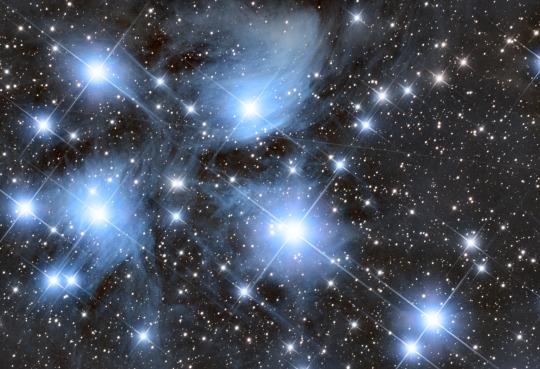
The Pleiades, M45 // Pogra88
#astronomy#astrophotography#stars#star cluster#open cluster#pleiades#seven sisters#subaru#messier#messier 45#M45#taurus
391 notes
·
View notes
Text

Christmas tree cluster
#cluster b#cluster c#star cluster#open cluster#stars#christmas photography#astronomy photography#astronews#astrography#astronomers#astro notes#astrophotography#astrophysics#astro community#planetary science#space science#science facts#science#astro observations#astronomy#astronomy picture of the day#nasa#universe#nasa photos#nasawebb#outer space#hubble space telescope#space travel#planetary nebula#nebula
274 notes
·
View notes
Text
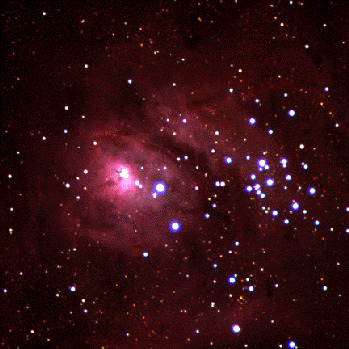
M8: An Open Cluster in the Lagoon - January 27th, 1996.
"The large majestic Lagoon Nebula is home for many young stars and hot gas. The Lagoon Nebulae is so large and bright it can be seen without a telescope. Formed only several million years ago in the nebula is the open cluster known as NGC 6530, whose young stars show their high temperature by their blue glow. The nebula, also known as M8 and NGC 6523, is named "Lagoon" for the band of dust seen to the left of the open cluster's center. A bright knot of gas and dust in the nebula's center is known as the Hourglass Nebula. Star formation continues in the the Lagoon Nebula as witnessed by the many globules that exist there."
#nasa#space#cosmos#universe#astronomy#astrophysics#astrophotography#lagoon nebula#open cluster#stars
62 notes
·
View notes
Text

M41
Constellation Canis Major.
Distance: 2.300 ly
Nov 21 2023 -Montcada i Reixac
#astrophotography#urban astrophotography#astrophotos#astro observations#cosmos#original photographers#astronomy#universe#original photographic works#messier 41#open cluster
33 notes
·
View notes
Text

The Pleiades star cluster, my personal favorite!
Fun fact: The car company Subaru’s name and logo represent The Pleiades!
7 notes
·
View notes
Photo

This is the Jewel Box! 💎💎💎
Located in the southern constellation Crux and visible to the naked eye, the Jewel Box contains a diverse variety of blue and red stars. The unique name of “Jewel Box” was given by John Herschel, standing out amidst the nearby dark nebula named the Coal Sack! 💫💫💫
Taken by me (Michelle Park) using the Slooh Canary Two telescope on May 26th, 2022 at 2:22 UTC.
#astroimages#astro#astronomy#astrophysics#universe#space#night#telescope#telescopes#jewel box#open cluster#star#stars#nightsky#star cluster#cluster#clusters#open clusters#astrophotography#photography#slooh#slooh canary two
116 notes
·
View notes
Text
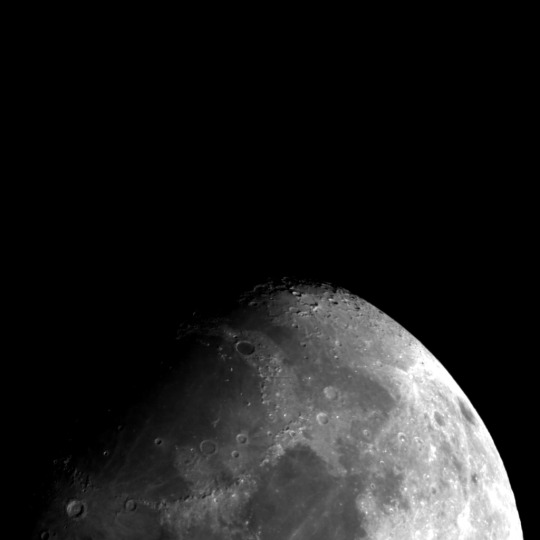




Pictures taken from the AU Observatory during lab last week!
10 notes
·
View notes
Text
Burning Bright
NGC 2467
A stellar Nursery in Puppis
Image exposure: 90 MinutesImage Size:1.99º x 1.32ºImage date:2024-03-08
Against the stark blackness of interstellar space, the abundance of Milky Way stars are shining bright. In the middle, they seem to have caught alight, burning like a bonfire on Guy Fawkes Night.
4,420 light years away, the emission nebula of NGC 2467 forms a bright and colourful patch…
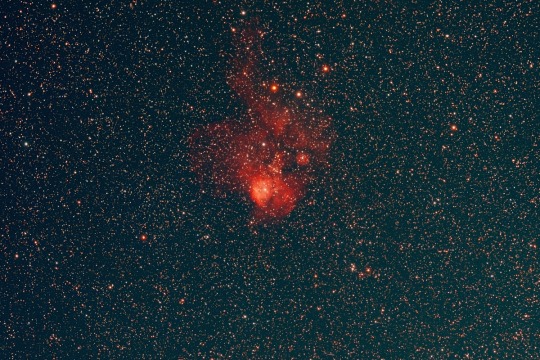
View On WordPress
#amateur astronomy#astronomía#astronomie#Astronomy#Cluster#Cosmic Focus Observatory#cosmos#deep sky#Emission Nebula#Featured#image#nature#Nebula#NGC 2467#O giant star#open cluster#photography#Puppis#science#Skywatcher EQ6-R#Skywatcher esprit 120#space#Stellar nursery#Tenmongaku#Tiānwénxué#Universe#ZWO ASI071
0 notes
Text
The Double Cluster in Perseus consists of two open star clusters near each other on the sky’s dome. Amateur astronomers know them as h and Chi Persei. The two clusters reside in the northern part of the constellation Perseus, quite close to the constellation Cassiopeia the Queen. If you have a dark sky and find Cassiopeia – which is easy, because the constellation has a distinctive M or W shape – be sure to look for Perseus, too. Then just scan between the two constellations with your binoculars for two glittering groups of stars. The Double Cluster – a breathtaking pair of open clusters, each containing supergiant suns – will be there.
1 note
·
View note
Text
#SomewhereDeepInTheNight "This image was obtained with the wide-field view of the Mosaic camera on the WIYN 0.9-meter telescope on Kitt Peak, Arizona. The Pleiades are an open cluster easily visible to the naked eye. The cluster is dominated by several hot, luminous and massive stars. The blue nebulosity surrounding the brightest stars are due to blue light from the stars scattering off of dust grains in the interstellar gas between us and the stars. The cluster is also known as the 'Seven Sisters'. And in Japan it is called Subaru. " NOIRLab
#M45 Pleiades#Somewhere Deep In The Night#Astronomy#Stellar Cluster#Open Cluster#Seven Sisters#Kitt Peak Arizona
0 notes
Video
h Persei open cluster
0 notes
Text

The Pleiades, M45 // ji young bang
The Pleiades contains over 1,000 confirmed member stars, but its light is dominated by just the few young, hot, blue stars. The entire cluster itself is crammed in a space only about 43 light years across.
In this image, you can easily see that the Pleiades is still surrounded by some nebulosity. Originally it was thought that this was still dust left over from the star-formation process, but now it is widely accepted that the Pleiades just happens to be passing through a dusty region of the Milky Way.
#astronomy#astrophotography#messier marathon#stars#star cluster#open cluster#pleiades#seven sisters#subaru#messier#messier 45#M45#taurus
150 notes
·
View notes
Text

#astronomy#nasa#astronomers#universe#astrophotography#nasa photos#astrophysics#outer space#nasawebb#hubble space telescope#open cluster#cluster b#cluster c#star cluster
73 notes
·
View notes
Text

Wild Duck Open Cluster M11 - January 16th, 1996.
"Many stars like our Sun were formed in open clusters. The above open cluster, M11, contains thousands of stars and is just over three thousand light years distant. The stars in this cluster all formed together about 150 million years ago. The many bright stars in the cluster appear blue. Open clusters, also called galactic clusters, contain fewer and younger stars than globular clusters. Also, unlike globular clusters, open clusters are generally confined to the plane of our galaxy."
#nasa#space#cosmos#universe#astronomy#astrophysics#astrophotography#open cluster#galactic clusters#stars
46 notes
·
View notes
Text
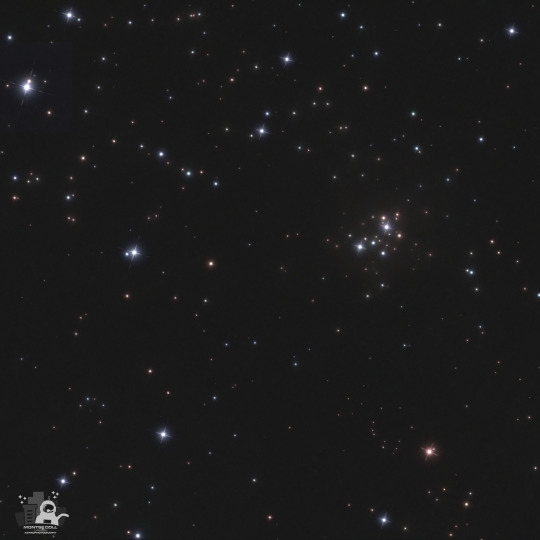
M29 or NGC 6913
Cygnus
Distance: 5.871 ly
Jun 22, 2023 -Montcada i Reixac
#astrophotography#urban astrophotography#astrophotos#astro observations#cosmos#original photographers#astronomy#universe#original photographic works#messier29#open cluster
8 notes
·
View notes